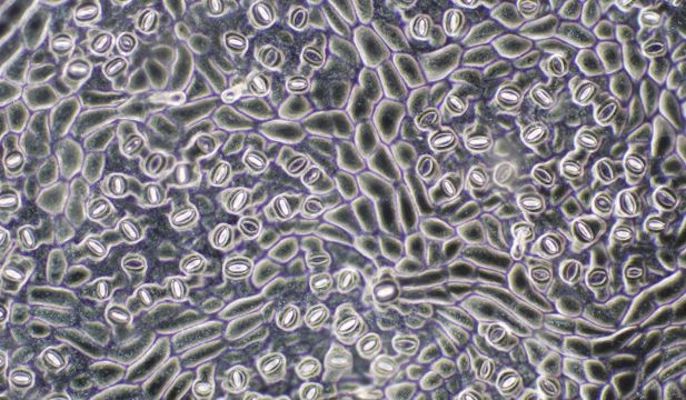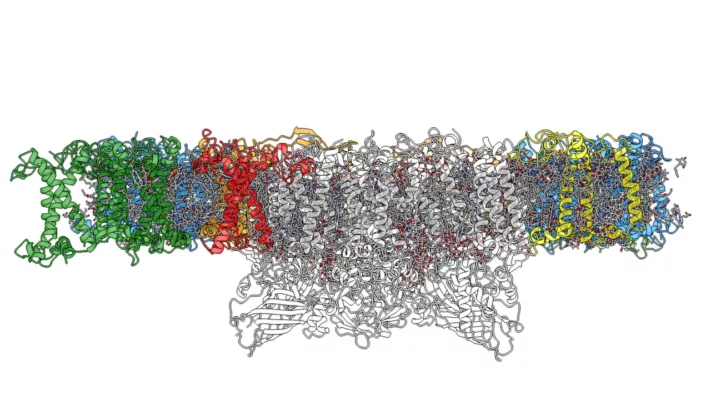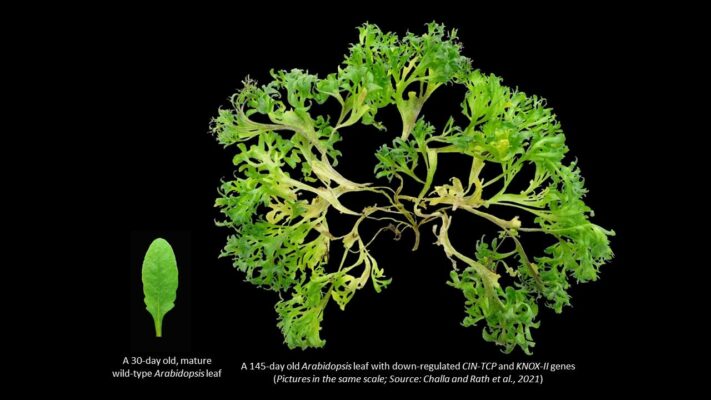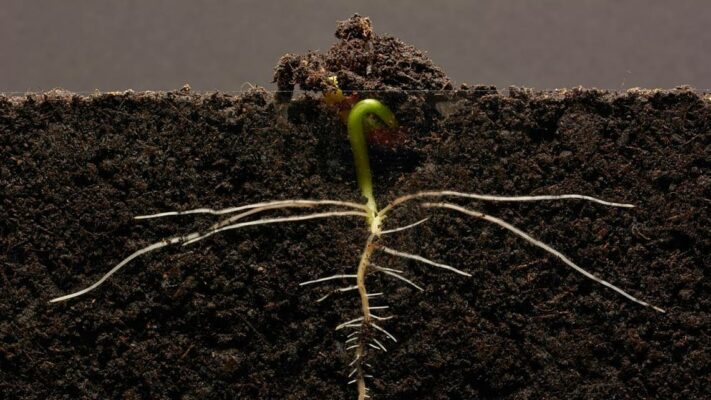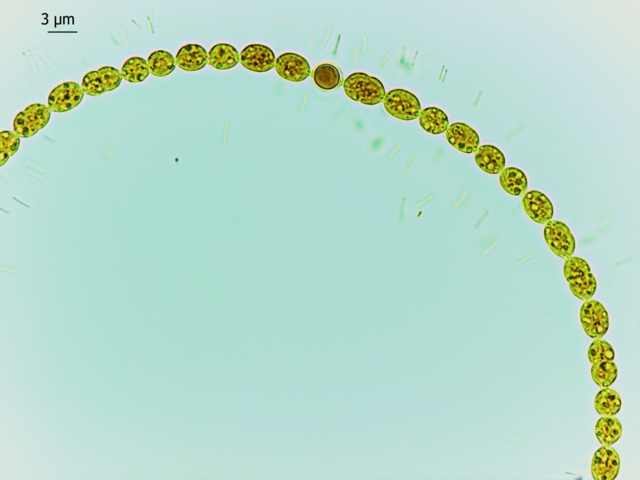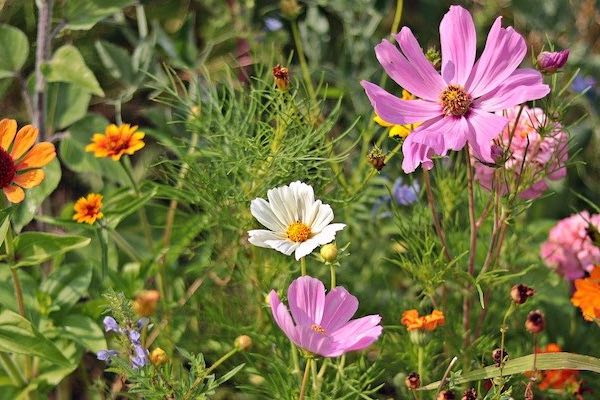
Research shows that multi-species mixtures out-yielded perennial ryegrass monocultures receiving double the amount of fertiliser.The most productive swards were a combination of species from the three functional groups of grasses, legumes and herbs. With legume proportion between 30 and 70%,…
Read More


